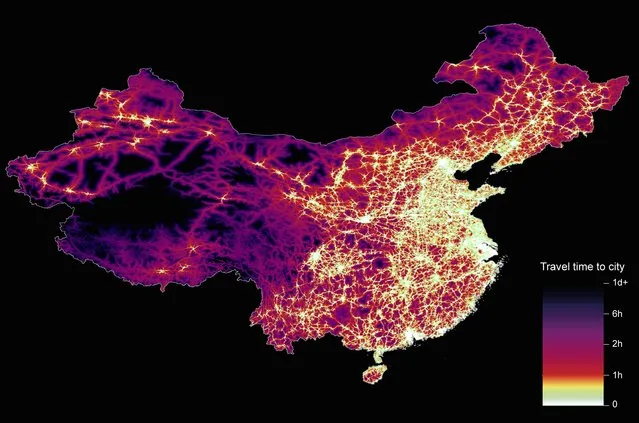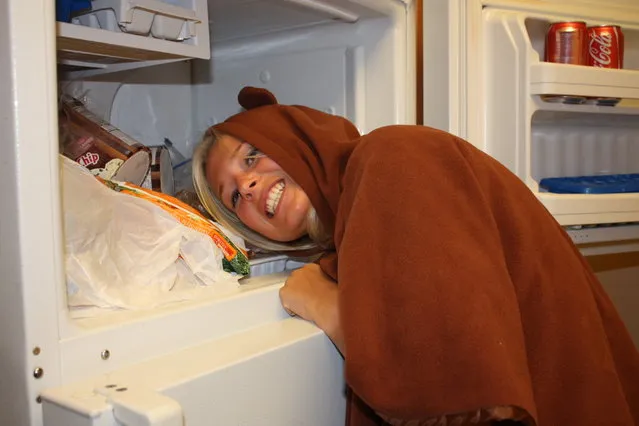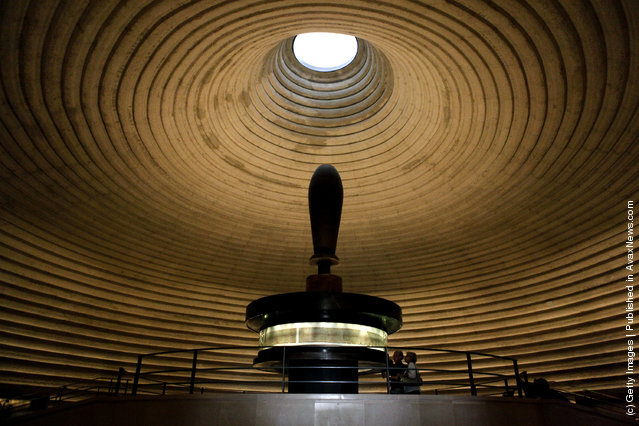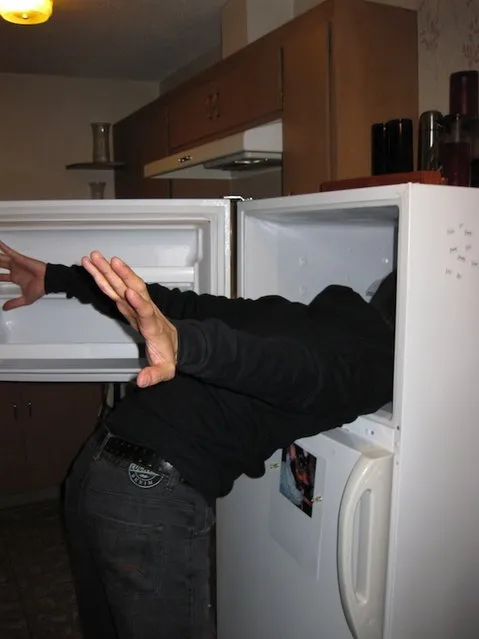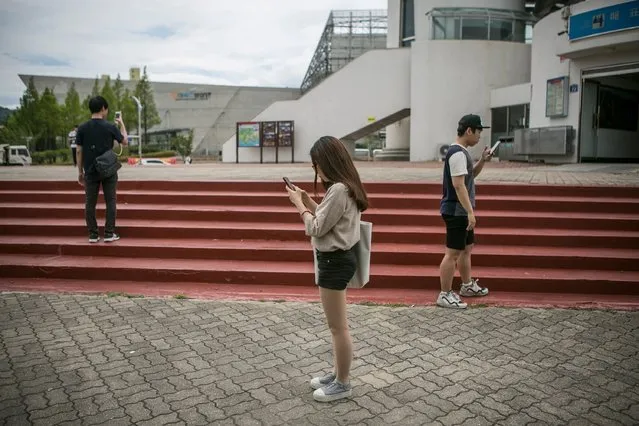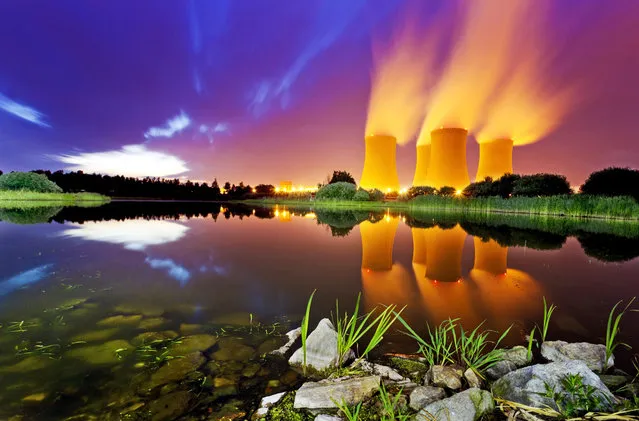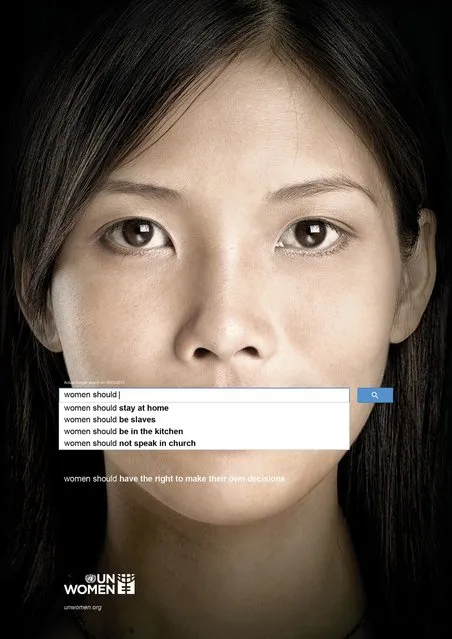
A woman uses a virtual reality (VR) headset to view images by Mexican painter Frida Kahlo in Mexico City, Mexico, 23 May 2018. The technological giant Google launched the “The Faces of Frida”, an interactive digital exhibition that treasures the heartrending work of the Mexican artist to tell her story from different points of view, with attention to the invisible details. (Photo by Sashenka Gutierrez/EPA/EFE)
27 May 2018 07:02:00,post received
0 comments

